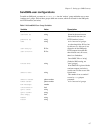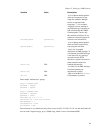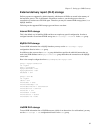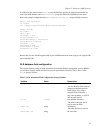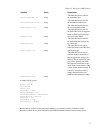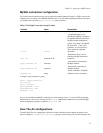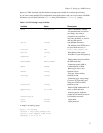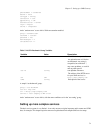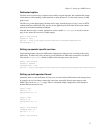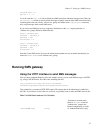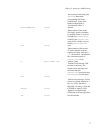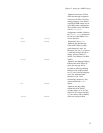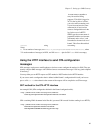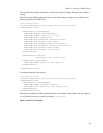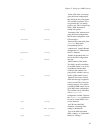Chapter 5. Setting up a SMS Gateway
Redirected replies
The basic service system always sends the answer back to original requester, but sometimes the content
server needs to send something to other terminals or delay the answer. To create such systems, an SMS
push is used.
The idea is to get the initial request, but then send no reply. Instead, the reply (if any) is sent via HTTP
sendsms-interface as SMS Push. This way the service application has full control of the return content,
and can do all needed formatting beforehand.
Note that when no reply is wanted, remember to set the variable max-messages to zero (0) so that no
reply is sent, unless an error occurs. Simple sample:
group = sms-service
keyword = talk
get-url = "http://my.applet.machine/Servlet/talk?sender=%p&text=%r"
max-messages = 0
Setting up operator specific services
Those running Kannel with several SMS centers might need to define services according to the relying
SMS center. To achieve this, first you need to give an ID name for SMS center connections (see above).
Then use the accepted-smsc variable to define which messages can use that service.
group = sms-service
keyword = weather
accepted-smsc = SOL
get-url = "http://my.applet.machine/Servlet/weather?sender=%p&operator=SOL&text=%r"
Setting up multi-operator Kannel
Sometimes there is a need for Kannel to listen to two (or more) distinct SMS centers, and messages must
be routed to services according to where they came from, and replies likewise must return to same
SMSC. This is done via smsc-id magic. Here is a shortened sample configuration, which handles to
distinct SMS servers and services:
group = smsc
smsc-id = A
denied-smsc-id = B
...
group = smsc
smsc-id = B
denied-smsc-id = A
...
group = sms-service
accepted-smsc = A
get-url = "..."
group = sms-service
75



